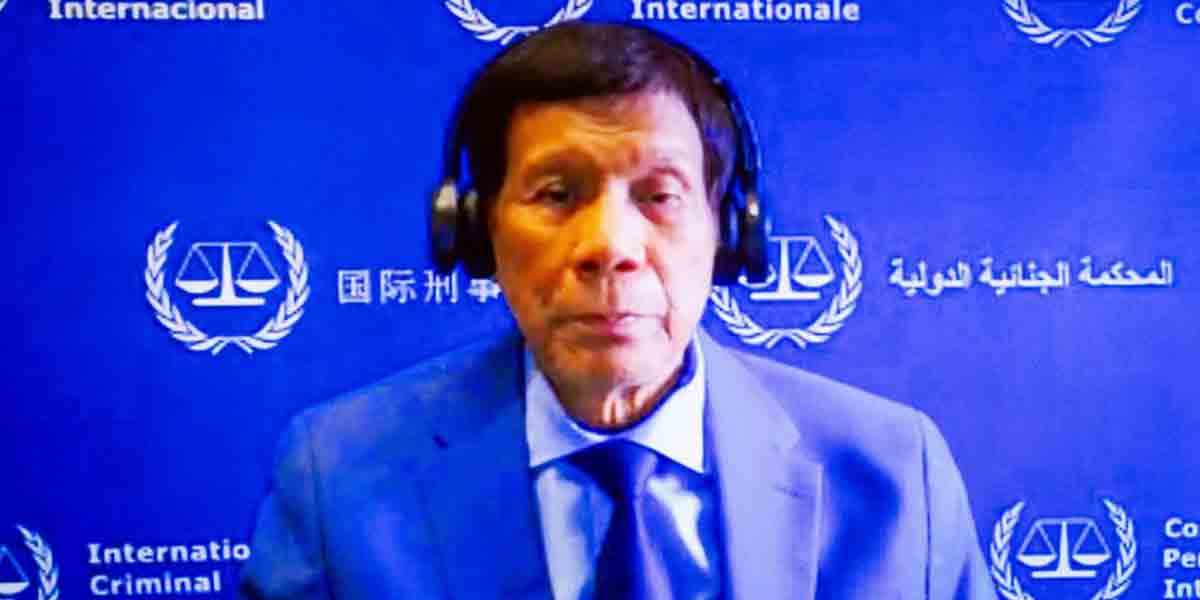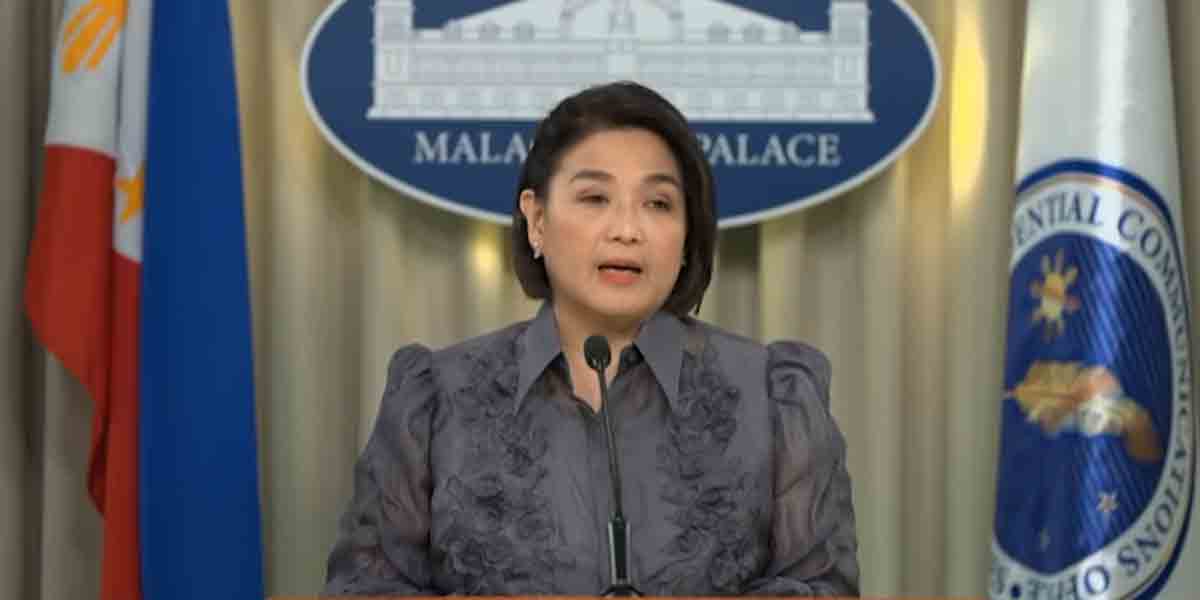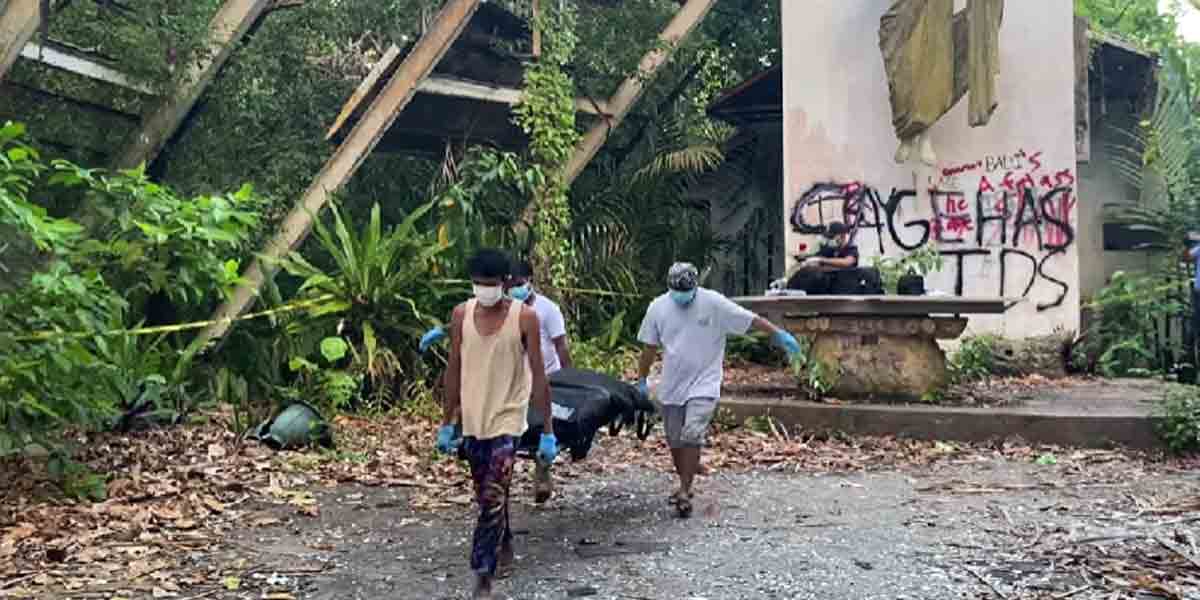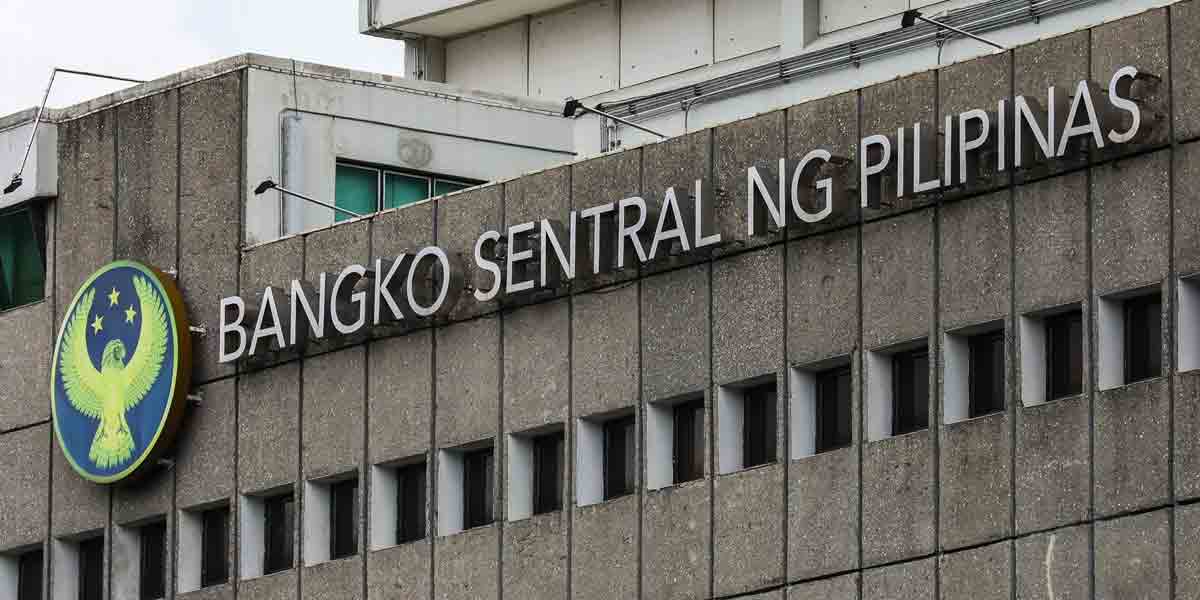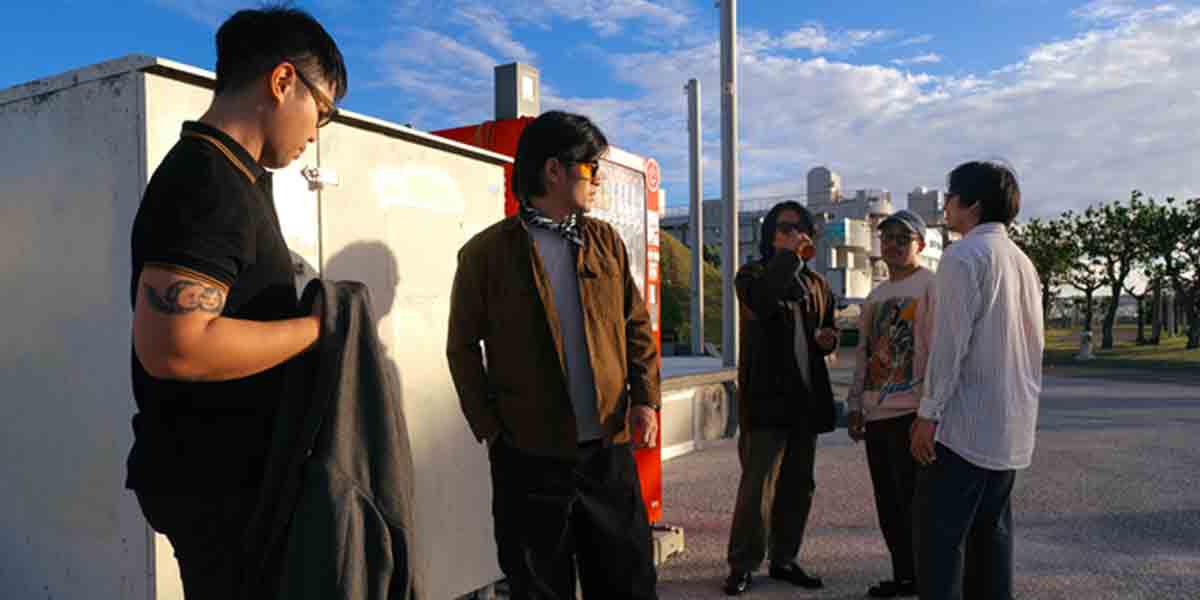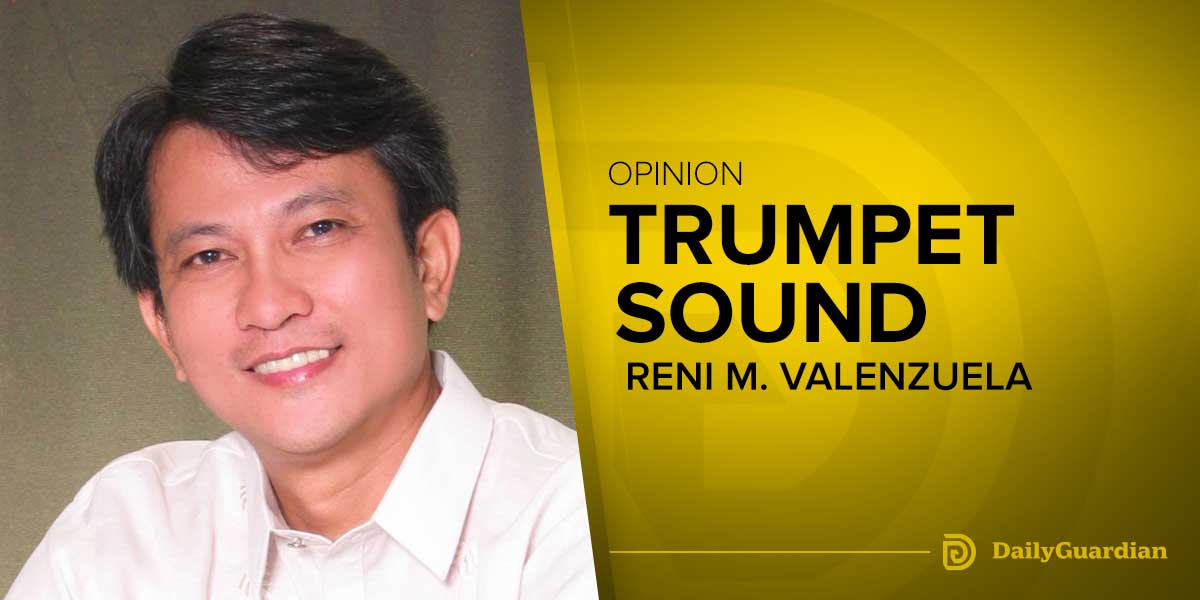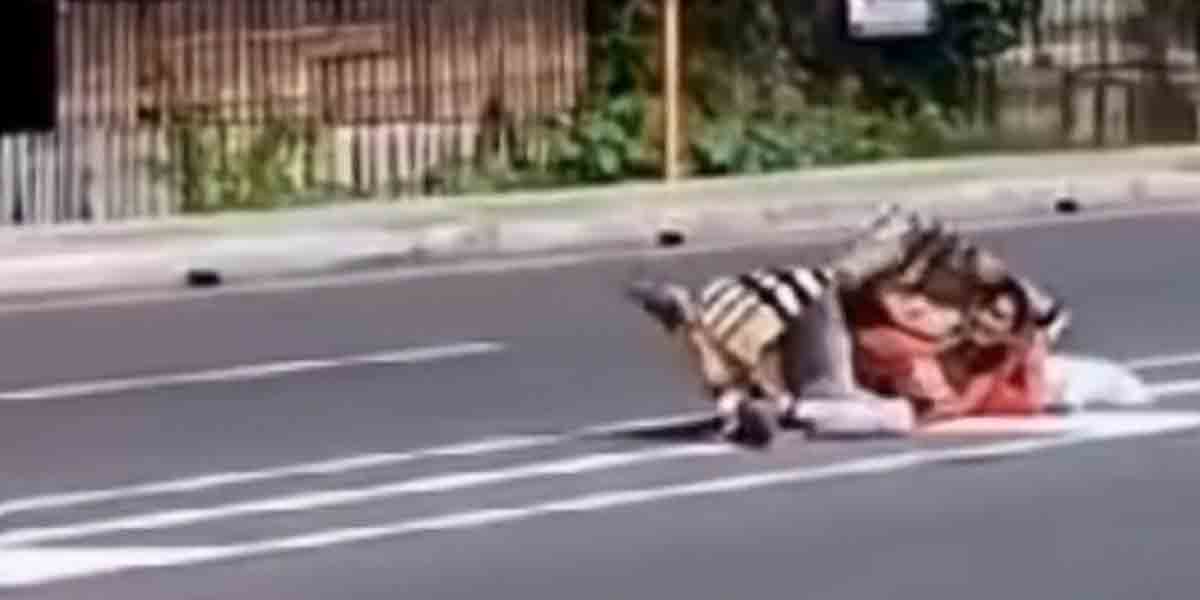By Atty. James Jimenez
You’re in a dark maze, and you can only see a couple of inches in front of your face. There’s a reward for you at the end of the maze, and you really want that reward. In order to navigate your way out of this labyrinth, you have to slowly inch your way forward, but that’s painstaking work, and that reward is really beckoning you on.
From out of the dark, you hear voices. These voices are supposed to give you advice on how to make your way out of the maze. They tell you to go straight, or warn you that there’s a puddle coming up that you have to avoid, and so on.
Ideally, these voices will lead you true – giving you useful and usable information that will speed you on your journey towards the exit. But this isn’t an ideal scenario and mixed in with the good advice, you get the bad. Some voices – you don’t know which – tell you to run, run, RUN because the exit is about to close! Others tell you to slow down and think about your next steps, warning of a trap around the next corner you cannot even see yet. It’s a cacophony of information being flung at you, while you stand in dark, wondering what to do next.
This is how disinformation – and specifically, information disinformation – works. It is a disorienting mix of truth, lies, and half-truths designed to confuse, manipulate, and ultimately control you.
Decoding the Maze of Disinformation
As an ordinary voter, with no special access or insight to the machinations of the political class (and this category of under-informed voter includes about 90% of us), we are stuck in this dark maze, able to see only inches in any direction.
We all know that there are good things at the end of this maze – freedom, opportunity, prosperity – but we don’t have a clear road map to that outcome. We know, however, that the route to that good place is littered with pitfalls and blind turns and dead-ends. And to make our way through this maze, we need to rely on the voices that want to guide us – the people who influence us, the media, our social platforms, the politicians.
Now some of these voices tell the truth and give us advice, whether we like the advice or not. You may not like the advice, as they say, but it is still advice, even if their truths are uncomfortable or inconvenient. But mixed in with these voices that provide clear, evidence-based guidance on how to avoid pitfalls and dead ends, helping us make informed choices, are the other voices: advising you primarily for their own ends, for their own good, not yours. These other voices will probably tell you what you want to hear, capitalizing on your biases, desires, and fears.
The Danger of Listening to the Wrong Voices
But here’s the problem: distinguishing between the truthful and the deceptive is incredibly hard, especially in a world flooded with information.
Disinformation is deliberately crafted to look credible. Worse, it is packaged in a way that makes it more attractive to the unwary. It is easy to understand, readily available, and emotionally resonant. As they say in advertising, “may kurot sa puso.”
In the invisible labyrinth of democracy, it is the smooth voice urging you to run blindly in the darkness, claiming time is running out, or that monsters are snipping at your heels. Or the one whispering soothing reassurances that lead you to a dead end.
These false guides aren’t just harmless noise, however. Many times before throughout history, wehave seen that they can even derail democracies.
When you trust the wrong voices in the maze, you might very well fall into the pit that you don’t see until it is too late. When disinformation is weaponized — particularly during elections — it leads to ill-informed decisions, polarizes societies, and undermines trust in institutions. It transforms our democratic process from a collective effort to find the best path forward into a dog-eat-dog scramble where the loudest, not necessarily the most truthful, voices dominate.
Why Fighting Disinformation Matters
It is into this information environment that House Bill 11178, or the Anti-Troll Farm and Election Disinformation Act has recently arrived. Focusing on three prohibited acts: the operation of troll farms; the creation or dissemination of electoral disinformation; and colluding with others to produce and spread disinformation, the measure is an important first step to quelling the noise of these voices.
It aims to silence the din and provide space for those offering genuine guidance. And by penalizing organized disinformation campaigns, this measure protects voters like you and me, from being manipulated. With any luck, that will lead to a fairer, more transparent democratic process.

